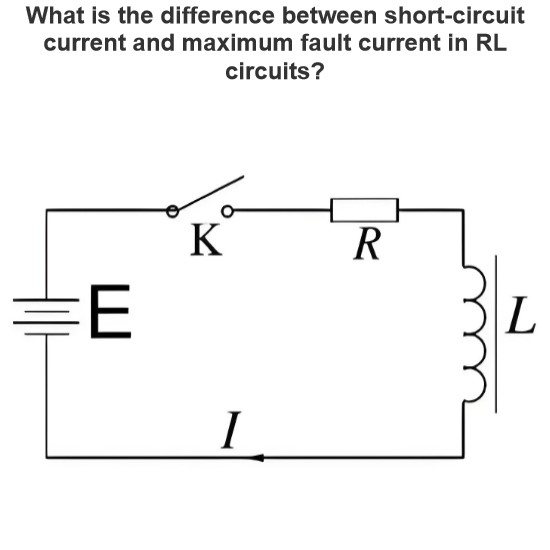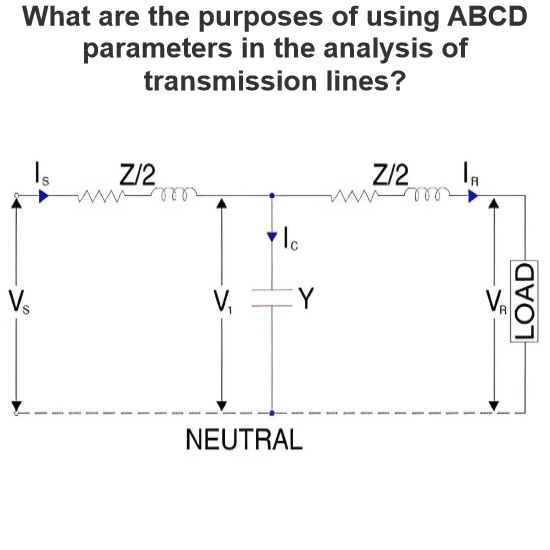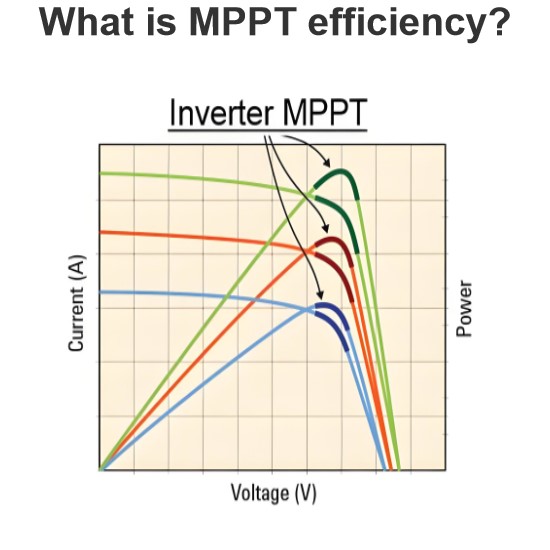How does adding resistance to a circuit affect voltage and current?
Adding resistance to a circuit will have different effects on voltage and current, depending on how the resistors are connected (series or parallel). The effects of series and parallel resistances on voltage and current are explained below:
Effect of series resistance
Effect of current
In a series circuit, all components share the same current. Therefore, no matter how many resistors are in series in the circuit, the current through each resistor is the same. Increasing resistance does not change the total current in the circuit.
Voltage effect
In a series circuit, the total voltage is equal to the sum of the voltages at both ends of each resistor. This means that adding a resistor will cause the voltage at both ends of that resistor to drop, thus changing the voltage distribution between the other ends of the resistor in the circuit. If the total voltage is constant, increasing the resistance will cause some of the voltage to fall on the new resistance, and the voltage on the other resistance will decrease accordingly.
The effect of parallel resistance
Effect of current
In a parallel circuit, the voltage at both ends of each resistor is the same, but the current through each resistor can be different. Adding a parallel resistance increases the total current in the circuit because the parallel resistance provides an additional current path.
Voltage effect
In a parallel circuit, all resistors in parallel have the same voltage at both ends. Adding a parallel resistor does not change the voltage at either end of the other resistors in the circuit, but it increases the total current consumption.
Why choose series resistors instead of parallel resistors when increasing voltage
When voltage needs to be increased, series resistors are usually chosen instead of parallel resistors for the following reasons:
Voltage distribution
Series resistors can be used to distribute voltage. When a higher voltage source needs to be introduced into the circuit, the voltage can be divided by connecting one or more resistors in series, ensuring that the individual components in the circuit are not subjected to voltage beyond their tolerance range. This protects sensitive electronic components from being damaged by excessive voltages.
Current control
In some cases, it is necessary to limit the current flowing through the circuit. Series resistors can be used to reduce current intensity. For example, in the LED lamp circuit, a resistor is usually connected in series to limit the current through the LED to prevent the LED from burning out due to overcurrent.
Stability
Series resistors can provide circuit stability. In some applications where precise control of the current is required, series resistors can help stabilize the current, ensuring that the current does not vary too much due to fluctuations in voltage.
Sum up
Series resistors are mainly used for voltage distribution and current limiting, and are suitable for scenarios where components in a circuit need to be protected from high voltage.
The parallel resistance is mainly used to increase the total current in the circuit, and is suitable for occasions where the current path needs to be extended.
The choice of series or parallel resistors depends on the specific circuit requirements and design goals. Series resistance is a more common choice in situations where increased voltage is needed, as it can help distribute the voltage and protect the components in the circuit.
The Electricity Encyclopedia is dedicated to accelerating the dissemination and application of electricity knowledge and adding impetus to the development and innovation of the electricity industry.




